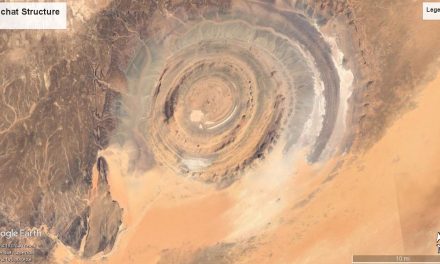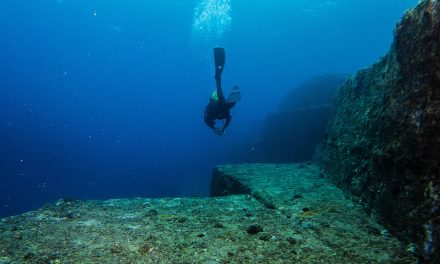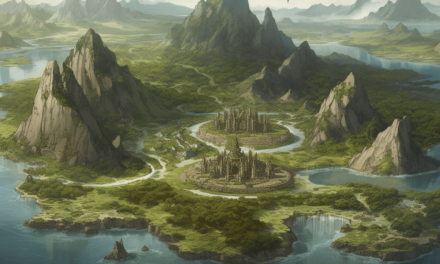Charles Hapgood was known for his theory on Polar Shift. During the years he researched and came to some very unusual conclusions that while not accepted by the scientific community, it did have its merits and opened up many discussions. The idea of a polar shift has been a theme in many theories concerning Atlantis. We have a sense of the world based on our current views of the northern and southern hemispheres. But what if they weren’t always in the same place? Or maybe they changed suddenly? Either of these options could have opened the door for interpretations about what happened to Atlantis, and where it actually might have been.
Meet Charles Hapgood
His interest in the concept of a polar shift actually started when he attended Springfield College. A student had a question about the Lost Continent of Mu and that ended up shaping into a class project to investigate Atlantis. That led Hapgood to start investigating if it was possible for massive earth movements and changes to occur.
Hapgood published 3 books. The first in 1958 was called The Earth’s Shifting Crust. It was very controversial as it denied the existence of continental drift. In 1966 he published Maps of the Ancient Sea Kings and then The Path of the Pole in 1970 to correct his previous work from 1958.The main hypothesis was that the Earth’s axis has shifted numerous times during geological history. It is important to mention that Albert Einstein believed Hapgood’s theory.
His research led him to many early-modern maps and he discovered there seem to be land masses not depicted in the current maps. Hapgood’s theory included that Antarctica had a different position many years back and then shifted to its current location. His theory also mentioned that the North Pole had shifted 3 times during the years. The first shift from its original position in the Yukon area of North America moving east to the Greenland Sea. The second movement had it shift from the Greenland Sea to what is known today as the Hudson Bay. Finally it moved again from the Hudson Bay to it’s current location.







